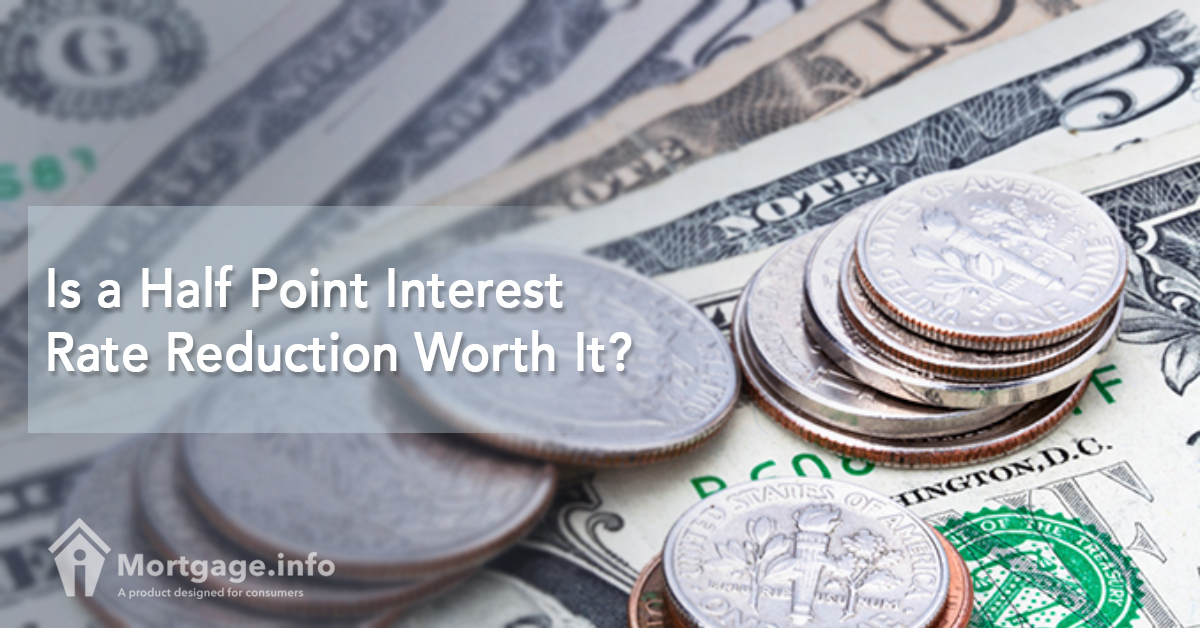Refinancing your mortgage means making many decisions. It is not enough to consider how much you can lower your interest rate. Yes, this plays an important factor, but should not be the only thing you consider. In reality, some people will benefit from a half point interest rate reduction while others would not. Understanding how you will fare from such a slight change means looking at every angle of your financial situation.
What are Your Plans?
First, you should consider your future plans. While you might not have a crystal ball telling you what you will do in the next five to ten years, a basic idea will help. For example, if you know you need to move in the next two to three years, refinancing might not be the right option. You have to consider the costs involved with refinancing. Don’t overlook the fact that you start over on the principal and interest you pay each month as well. If you are already 7 years into a 30-year mortgage, you likely pay a significant amount of principal every month. If you start over on a new 30-year mortgage, you start right back at square one. A majority of your payment pays for interest. If you move in a few years, you still have to pay off the large principal balance. On the other hand, if you didn’t refinance, your principal balance might be lower, giving you more money in your pocket when you sell the home.
How Much Does it Cost?
This is a big part of the equation. How much does refinancing your loan cost? It doesn’t come free, no matter which lender you use. The only thing close to free would be a “zero closing cost” loan. In this case, the lender pays the closing costs for you. In exchange, you take a slightly higher interest rate. If there is that much wiggle room between your interest rate now and what you could get without paying any closing costs, this could be your best option. You lower your interest rate and avoid paying closing costs. Again, this only works if you plan to stay in the home for a while.
If you don’t have the room to take advantage of a “no closing cost” loan, then you have to determine how much the refinance costs. Consider all aspects of the loan including any lender fees (processing, underwriting, credit report) as well as third-party fees (appraisal, title fees, and attorney fees). The fees you pay take away from how much you can profit from the refinance.
What you really want to figure is your break-even point. This is the point where your savings stops covering the amount of the closing costs and is now extra money in your pocket. This is the point when you can consider refinancing a benefit. However, if you move before you hit this break-even point, you negate the benefits of refinancing. This is why determining the break-even point is so important. It’s a simple calculation and is as follows:
- Add up all of the closing costs pertaining to the loan
- Figure out how much money you will save each month with the new, lower mortgage payment
- Divide the total closing costs by the money you save. The answer equals the number of months it will take you to recoup the closing costs. This is your break-even point.
Interest Rate Reduction Effect
Of course, there are times when the break-even point calculation doesn’t do you any good. What if you want to refinance again in the near future? This doesn’t involve moving and you have no way to know if you will need to refinance in the future. Unfortunately, this could derail your break-even point. A few reasons you may find yourself wanting to refinance again include a significant drop in interest rates or you may have the need to take cash out of the equity of your home.
This is why you shouldn’t solely rely on the break-even point. If you have significant monthly savings, it is probably worth it to refinance. You can determine how long the closing costs will take you to pay off and use that to factor into your decision, but don’t rely on it in the event that things change in the future.
Your Tax Deduction Helps Too
Something many homeowners overlook when deciding whether they should refinance is the interest deduction they receive on their income taxes. This could help factor into the savings you obtain. For example, if the interest you pay provides you with a sizeable income tax refund, the above break-even point is null and void. Suddenly, you could recoup those fees back much quicker. While you cannot predict how much of a tax refund you will receive, consider it as a benefit of refinancing. The first few years of your new loan are composed primarily of interest. This means you may have a larger tax deduction with the refinance.
Essentially, what it boils down to is what you are comfortable with in terms of the right interest rate reduction. A half of a point lower might be worth it to you, especially if you have a larger mortgage. You may see significant savings. On the other hand, your neighbor might not want to go through a refinance if he can only save a half of a percentage point since his principal balance is too low to really see a difference. Only you can tell what choice is right for you.
While you cannot predict the future to determine what is right for your financial situation, there are ways to determine whether refinancing is right for you. Don’t focus only on the interest rate reduction. Instead, look at the big picture. Consider every aspect and really evaluate what you will gain by refinancing. You might be surprised to see the benefits involved for you, even with such a small drop in the percentage.

